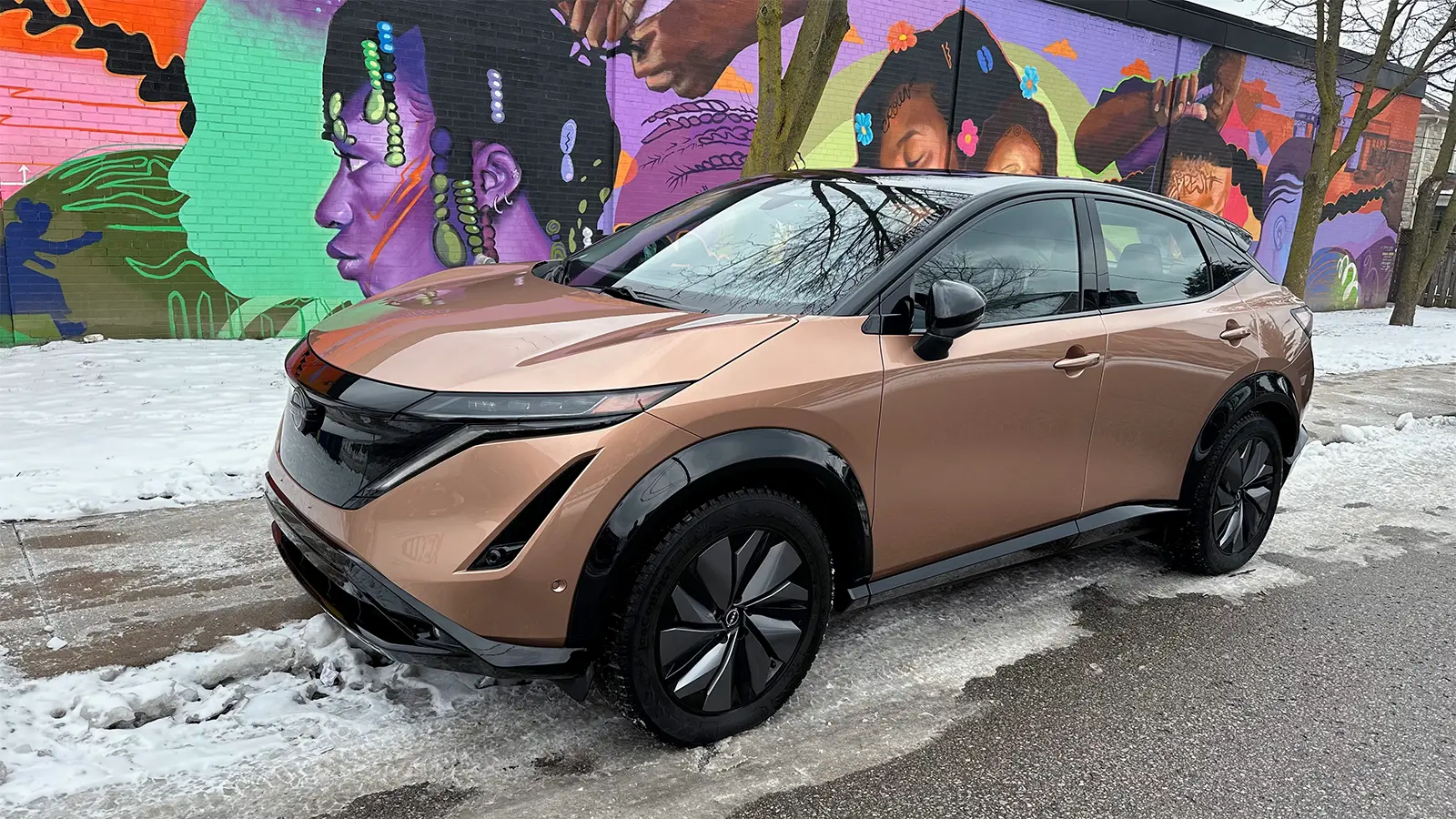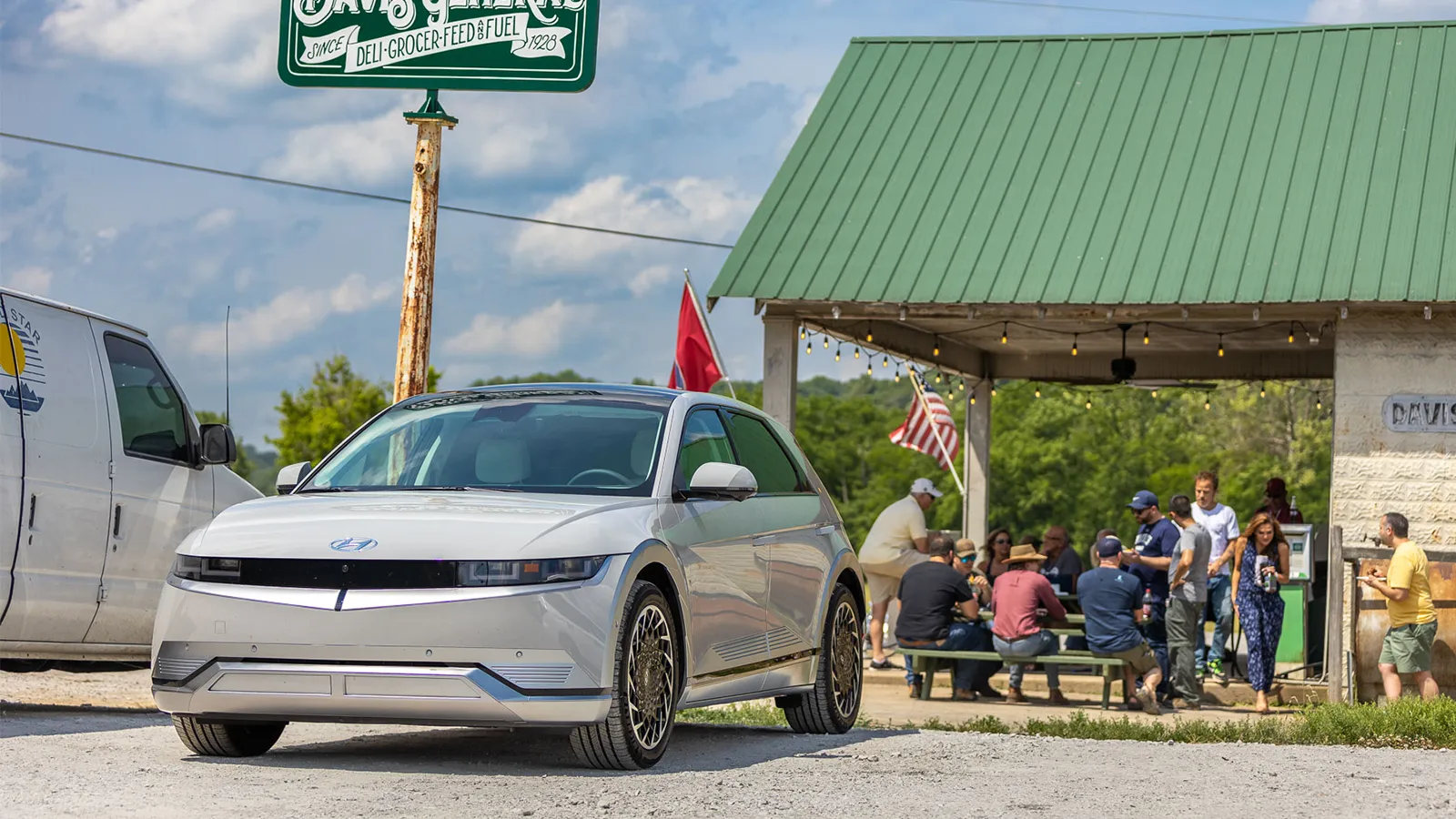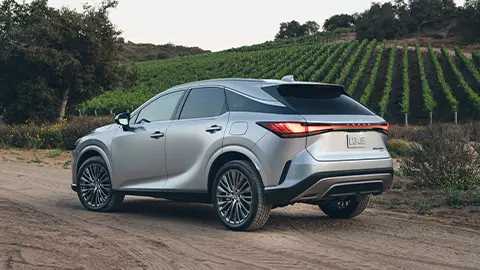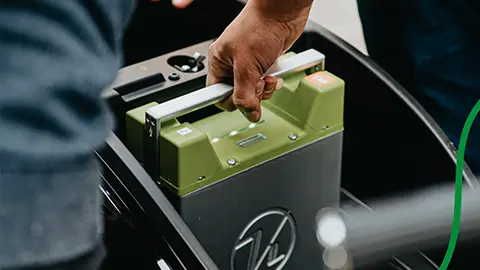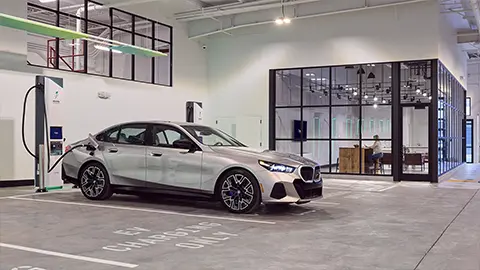We make learning about electric cars and hybrids fun and easy


Comparisons
Reviews
Recommendations



+



Car buying evolved.
Online shopping, financing and home delivery.
Driveway makes it easy to shop and finance online. Plus, they offer delivery right to your driveway. Find new and used electric and hybrid vehicles at Driveway.com.

